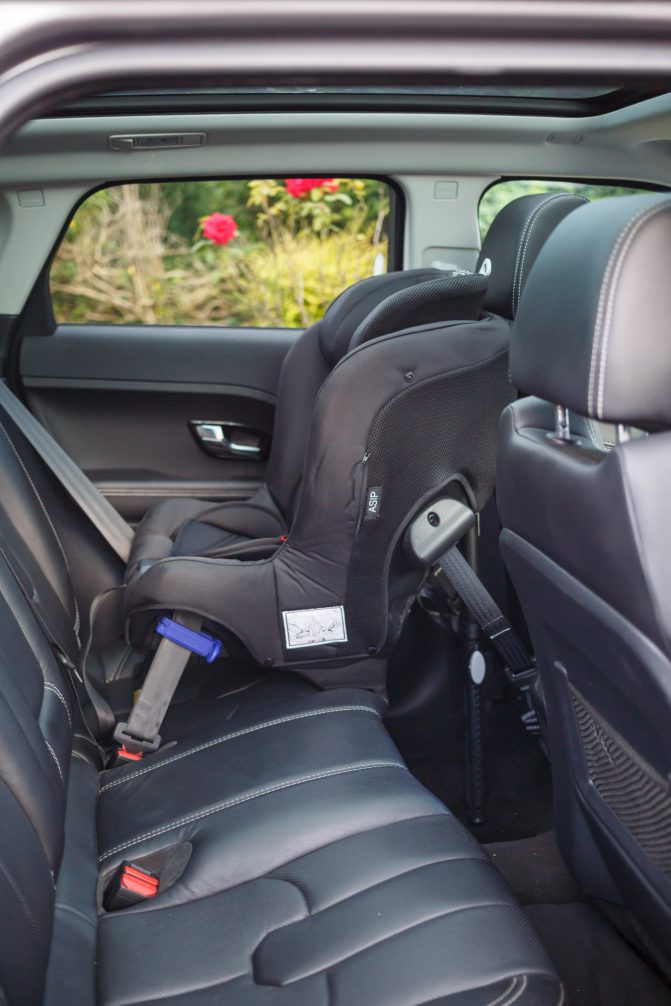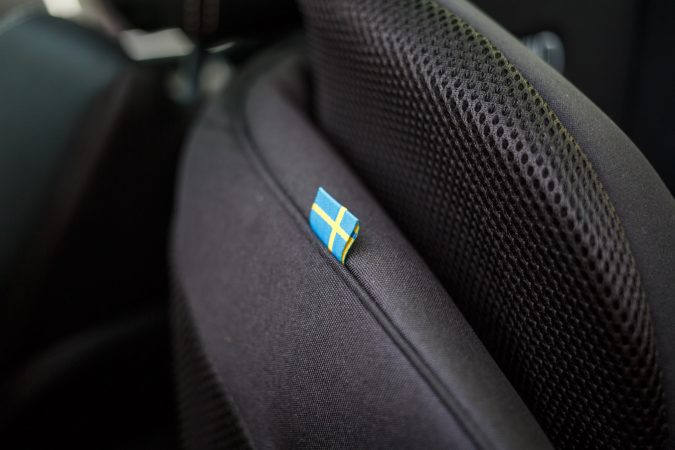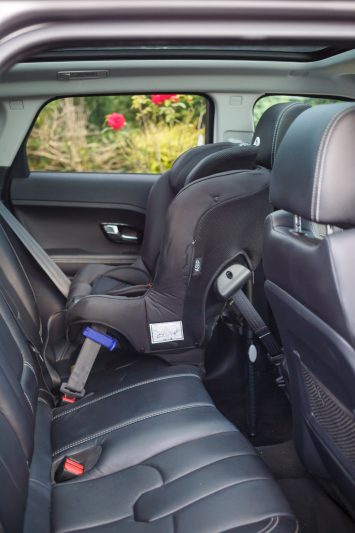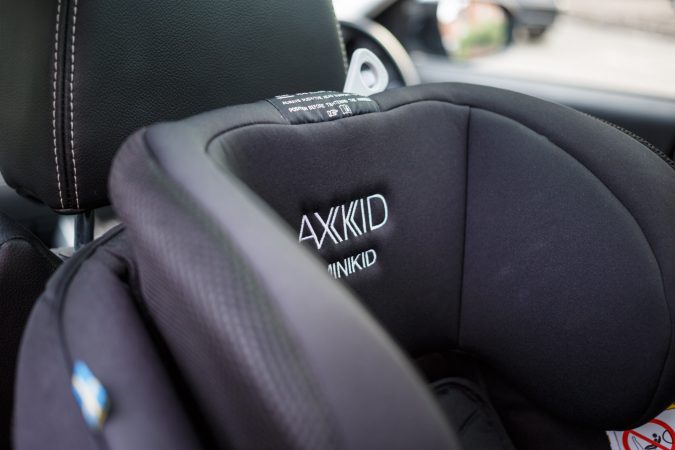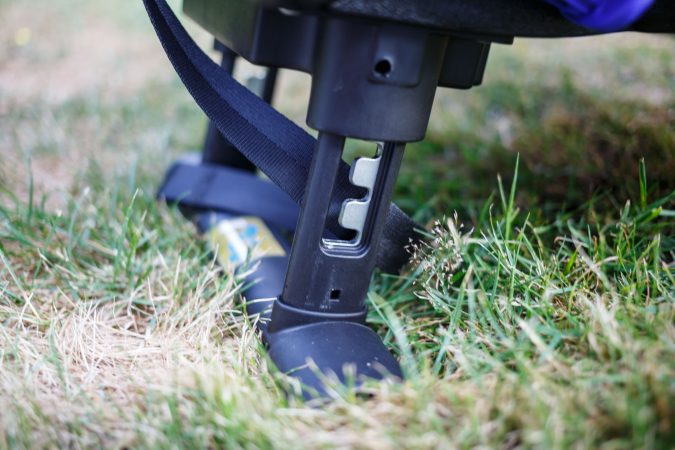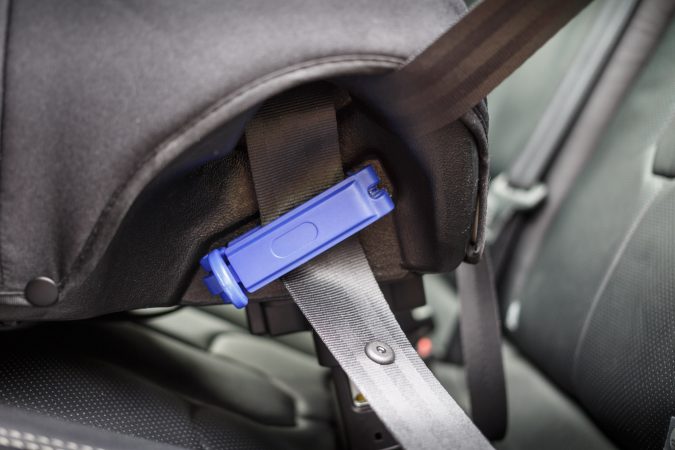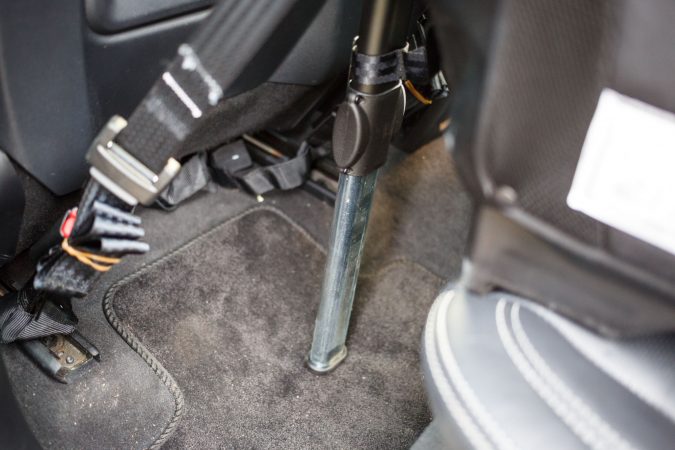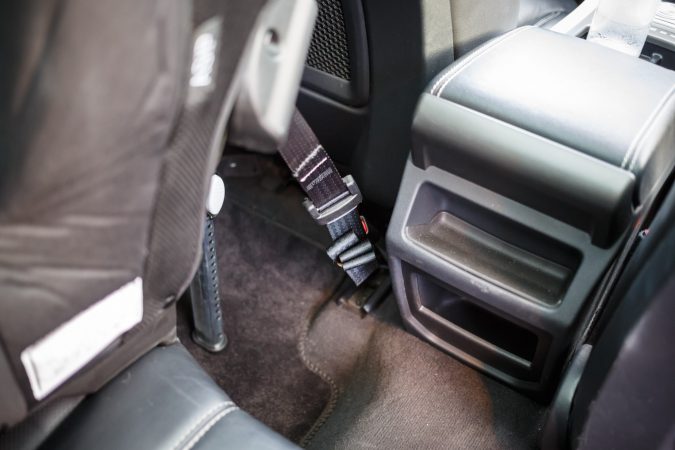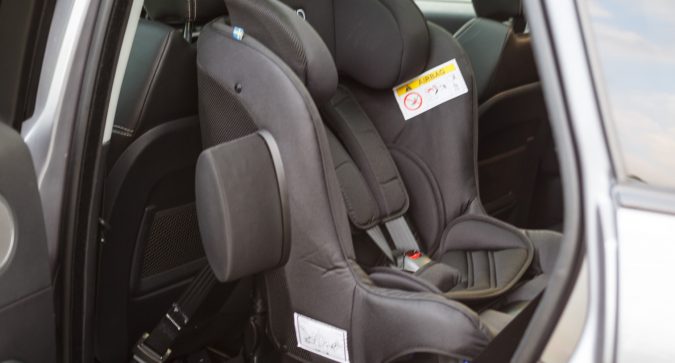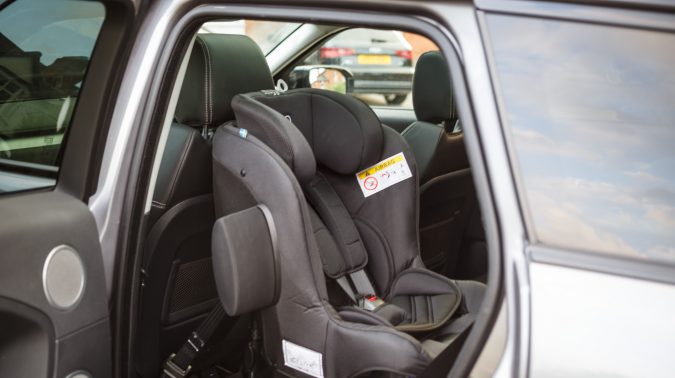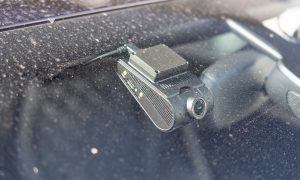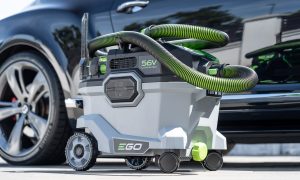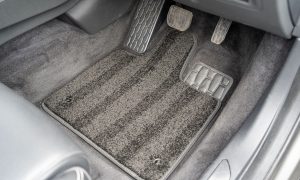When it comes to a new car, we spend ages weighing up all the options. But what about baby seats? Let’s focus on the Axkid Minikid child seat.
Axkid Minikid Overview
The Axkid Minikid is a rear-facing car seat that people may overlook, as they may want a forward-facing seat. Axkid believes in keeping kids rear-facing for longer. This is because children’s neck muscles are often underdeveloped. With a forward-facing seat, a head-on collision could cause considerable damage to your child’s neck. Just imagine what whiplash does to an adult’s neck.
Axkid are based in Sweden where rear-facing child seats are the norm. In fact, for the last 10 years there has been a backwards march completed by children to raise awareness of rear-facing car seats. In 2018, nearly 59,000 children took part in the march on Child Safety Day, organised by Sweden’s National Society for Road Safety and Volvo.
Awareness is also being raised in the UK. In 2009, the British Medical Journal recommended that rear-facing seats are the safest way for children under four years to travel in a car.
Axkid Minikid Specification
The Axkid Minikid car seat is designed for children who can sit unaided up until they weigh four stones. For most, this will be until they are around six years old or 4 feet one inches tall. Just by looking at the seat, you can see it seems very protective.
The seat is securely fastened to the car. It includes an additional side impact protection, which optimises the child seat for an impact on the side closest to the door, which most child seats will overlook.
Looking at it, you can see that the headrest is heavily padded and has seven different height positions. This prioritises the safety for both head and neck. Then there is also a seat lining to ensure maximum comfort in the chair.
Lastly, to confirm the chair’s level of safety, its makers have voluntarily completed the Swedish Plus Test. This ensures that your child is not exposed to life-threatening high neck forces in a frontal collision.
Axkid Minikid Installation
I was testing the child seat on a 2013 Range Rover Evoque. Below is how it fits to the car:
Under the child seat, there is an adjustable stand to raise or lower the leg end of the chair. I put it on its highest setting.
The seat is secured using the standard three point seat belt that flows through the leg end of the child seat. It is locked down on either side of the seat, as you can see here in blue.
Then there is a supporting leg that drops into the footwell. It features lots of adjustments to its angle and length to get the perfect fit.
Then there are two self-tightening tethers that firmly secure the chair to the floor. On the Range Rover test model, we had to use the additional straps around the seat rails to attach the floor tethers, but some cars do include these as standard.
Once you have the seat in place, you can fit the ASIP (Axkid Side Impact Protection). This clips on to the side of the seat closest to the door.
Once fitted, I checked how secure the chair felt. With five anchor points, the child seat feels solid.
Usability
It’s clear from the pictures that the child seat is quite large, so all the extra protection has to come from somewhere. Fitting it to the Range Rover Evoque meant that the front passenger seat had to be pushed forwards most of the way. But that is a good compromise for the extra protection.
Having the chair facing backwards makes it easier to put a child in the seat because of the way the doors open. After testing it with a three-year-old, I can confirm that there was plenty of leg room still available.
When you’re driving, the chair completely surrounds your child so you can no longer see them without using an additional baby mirror on the back seat. This is another compromise, but again the additional protection comes at a price. 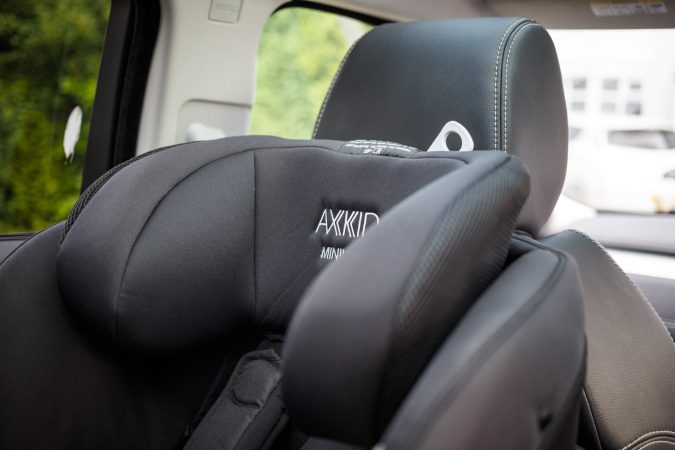
I now have peace of mind as I am doing everything possible to protect my child in the car and I’m sure that you will feel the same way. At Motor Verso, we want to spread the word about rear-facing child seats and will encourage you to investigate further.

